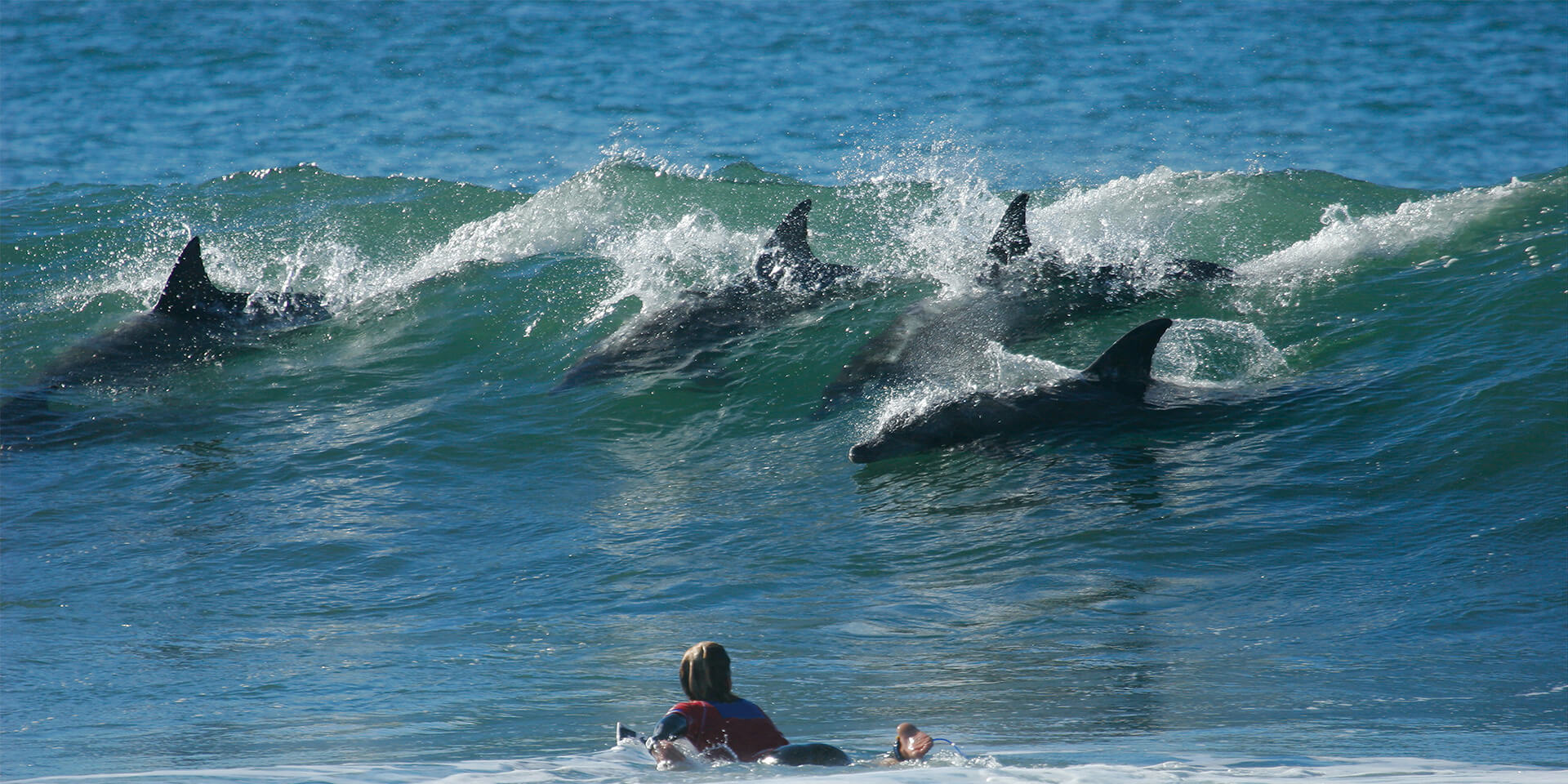Currently listed as Endangered at International Union for Conservation of Nature (IUCN) Red List, the narrow ridged finless porpoise (NRFP), Neophocaena asiaeorientalis, is experiencing a decreasing population trend, with the main cause of decline attributed to fisheries bycatch. Recent interviews conducted by WWF-Korea indicate that as many as 5,000 finless porpoises are being caught in Korean stownet fisheries each year. To create momentum for currently fragmented national conservation efforts of the species and initiate necessary actions to mitigate threats faced by the species, a national platform is needed for stakeholders, including fisheries, to formulate a common understanding regarding the conservation of the species. Furthermore, a platform is needed to inquire and explore various means to safeguard the species with international expertise. WWF-Korea will create a platform for discussion and planning by holding a full day symposium with national stakeholders, including fisheries, and international experts for the conservation of the species. The symposium will contribute to the conservation management goals of the Marine Mammal Protection Act (MMPA) by promoting an active discussion of measures to mitigate bycatch through knowledge and information sharing. Furthermore, with IUCN World Conservation Congress to take place within 2021 (tentative due to COVID-19), planned action is needed to address motion 110 which notes the decreasing population of the species and the need to form a working group.
